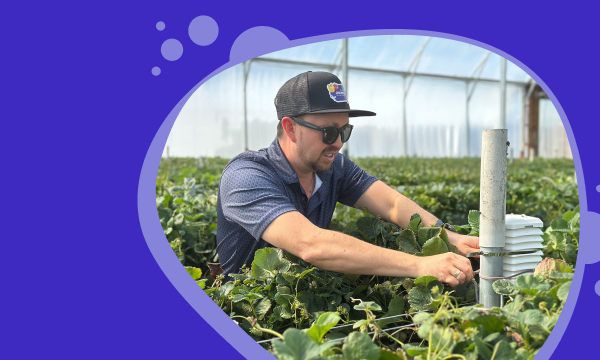
- ARTICLE
- CROP MANAGEMENT
How Climate Insight Levels the Protected Cropping Field
Daniel Than, Customer Success Director at WayBeyond, explains why actionable climate insight—not...
08.01.2025 | 4 min read
Food security, planetary care and the future of food production have never been more important subjects. I’ve talked about it frequently with growers, investors and seed producers for the past decade. It has not changed; only the pace has quickened with the global agricultural ecosystem recognizing that we have to move in a more collective and innovative way to make lasting, dare I say, systemic change.
The Food Systems Initiative Countdown organization’s goal is “a future where all people have access to healthy diets, produced in sustainable, resilient ways that restore nature and deliver just and equitable livelihoods.”
But if you look at the great food imbalance today – you’ll see the rise of Africa in both its need for a sustainable and a secure food future but also its youth in terms of developing the next generation of farmers and growers. In Africa, Europe, the UK and the US, the average age of the farmer comes in at around 60 years of age. I think the challenge is not the age of farmers and growers but the reality of what isn’t happening in the culture of growing food.
Four years ago, in 2020, The Conversation published a story about the myth of ageing farmers in Africa. The article noted that in the past 20 years, sub-Saharan Africa registered the highest rate of agricultural production in the world based on data in 2016.
The article also examined national government-administered data in six African countries, which showed that the average age of the agricultural workforce ranged from around 32 to 39. However, age still doesn’t matter much here because young workers are leaving for urban areas, leaving a gap in the agricultural workforce that will have to deal with the challenges of growing food to meet population demands.
This doesn’t take into account something that sounds contradictory to the popular train of thought: it isn’t that we won’t have enough food to feed the world in 2050; it’s about a food imbalance in regions that need more food, technological innovation, and a strong farming workforce versus the other parts of the world that are consuming food or importing food from those areas that will need it more.
It’s about imbalance.
Yes, the challenges we collectively face are vast; they feel insurmountable in a way. From climate change to water shortages, biodiversity loss, population growth, land use, and war, we live in a complex food system. And while our global current trajectory is untenable, I believe there is hope for a healthy, sustainable, equitable and resilient food future for everyone.
Innovation in agriculture, food, and biotechnology is fundamental. We have unimaginable resources at our fingertips to help us meet these critical challenges. Adoption needs to play catch up as start-ups move faster than their intended customer base.
But the broader solution lies in a visionary shift among the world’s largest producers, growers, and policymakers—a vision that acts over decades and generations, not by financial quarters, annual budgets, or three- to five-year electoral terms.
I attend a lot of industry events, and most of the time, the conversations are about where they need to be, but sometimes I look around and ask, where are all the tech companies? Where are the innovators? Suppose we had a room of innovators at an agricultural event leading the discussion instead of the players who have been in the game for decades. Would our collection actions be different? I think they would.
We must also meet farmers and growers with the empathy and respect they deserve - empowering them, bringing them on the journey and learning from their vital, multi-generational knowledge to deliver actionable change.
So many growers that we work with, from Blueberry farms in Morocco and tomato growers like Agrícola Chaparral in Sinaloa, are already adapting through AI-driven irrigation, predictive climate tools, and efficient land use.
But at the heart of it all, collaboration is king. The size of our challenges makes it a team sport, and with the stakes for humanity so high, there’s no other way. After all of this is said and done, I believe feeding the planet by 2050 isn’t about producing more food—it’s about producing food in smarter ways. So here are a few takeaways I believe will help us feed the future and create a more globally resilient food system for everyone, everywhere.

Daniel Than, Customer Success Director at WayBeyond, explains why actionable climate insight—not...
.png)
Learn how to manage weather-related risks for your crops using an early warning system such as...

WayBeyond’s new GrowPilot app brings artificial intelligence into the hands of small to...
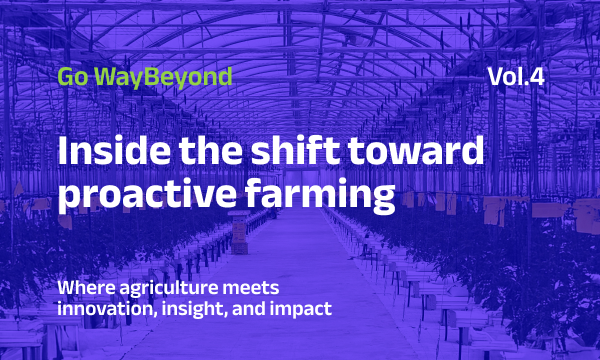
From cutting water use in drought-hit regions like Morocco to preventing thousands in losses from...
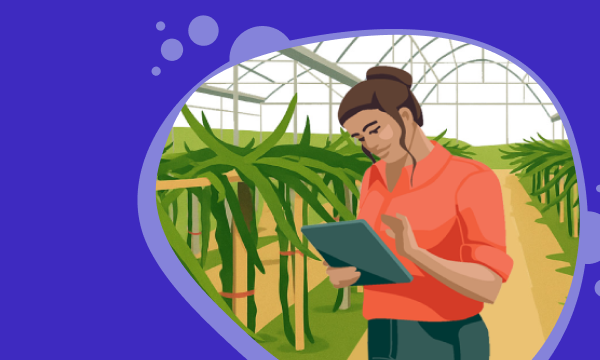
When faced with crop losses due to climate events and system failures, Eliven Tropical turned to...
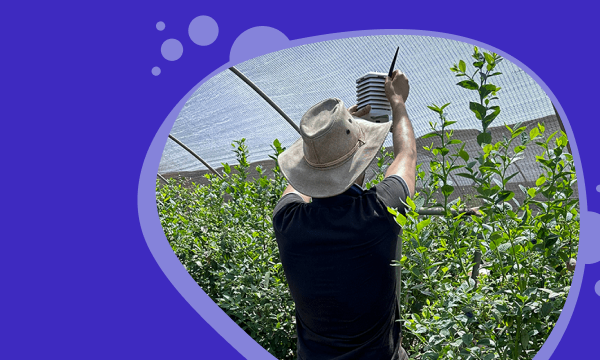
A leading Moroccan berry grower cut water use by 16% using climate data and ETo-based irrigation....
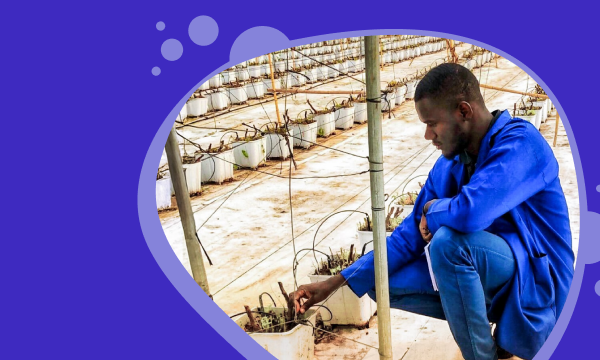
ETo forecasting is a simple but powerful tool for optimizing irrigation every day, in every season....
.png)
From breeding climate-resilient berry varieties in Australia to testing precision irrigation...
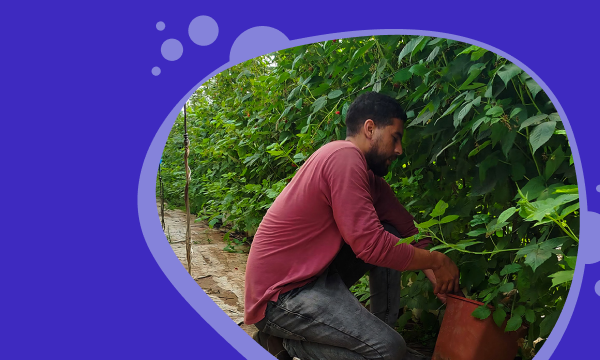
See the strategy behind evapotranspiration-based irrigation planning that helped a greenhouse...
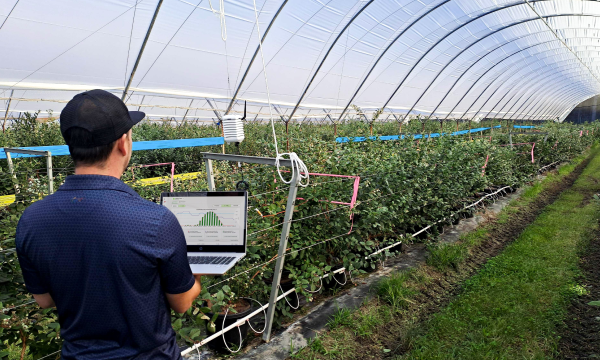
Costa Group is using WayBeyond’s FarmRoad platform to support its elite blueberry breeding program...
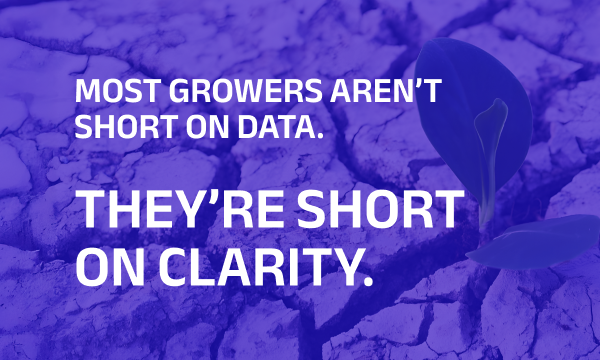
Soil systems around the world are under pressure. Pollution, climate extremes and unsustainable...

AgTech enters 2025 with strategic investments prioritizing long-term food security over quick...
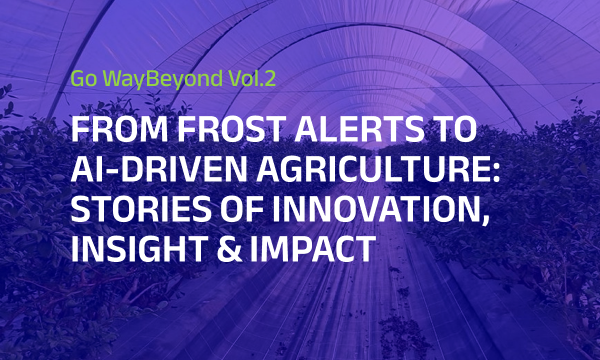
Our newsletter explores the evolving world of agriculture through the lens of innovation, insight,...

Darryn shares how digital agronomy and AI-powered solutions help farmers optimize production,...
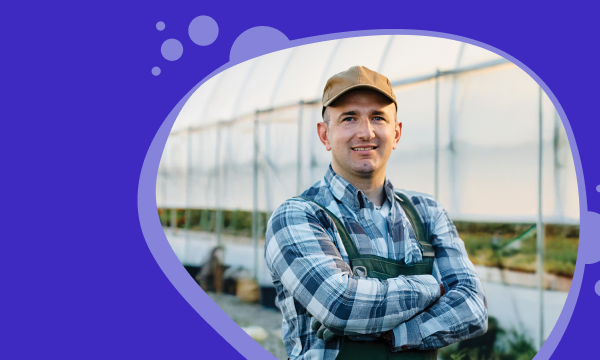
Learn how a people-first approach to change management empowers growers to successfully transition...
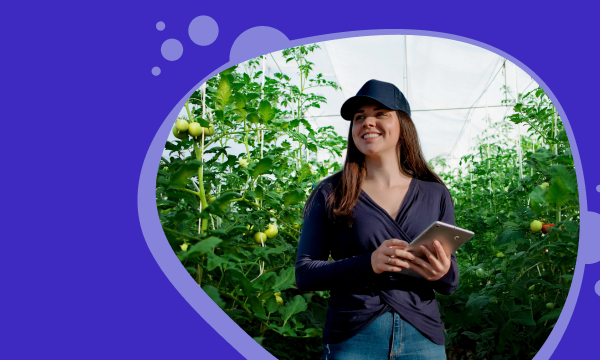
The grower's guide to using data for effective crop management. Get practical tips to achieve...

Darryn Keiller shares his thoughts on the urgent need to rethink farming, tackle regional...
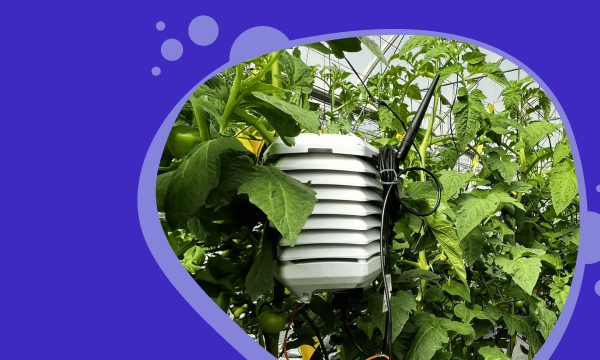
The HM.CLAUSE Kenya seed production team faced several challenges in optimizing their yield...

With late blight causing crop loss and large costs, Agrícola Chaparral turned to digital agronomy...

Learn how six key weather data points can help you make smarter irrigation decisions, conserve...

Two weeks, three countries, and ten customer farm visits later, Daniel Than, WayBeyond’s Customer...
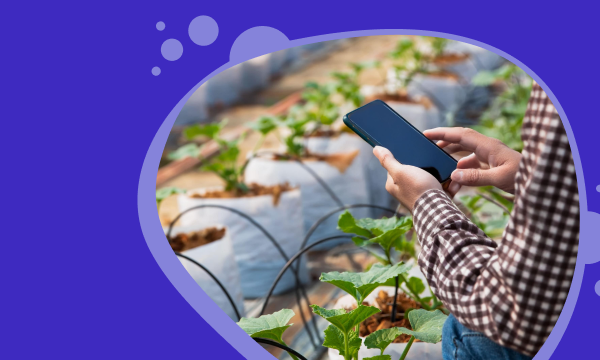
A smart approach to water management is key to helping growers tackle water scarcity and climate...
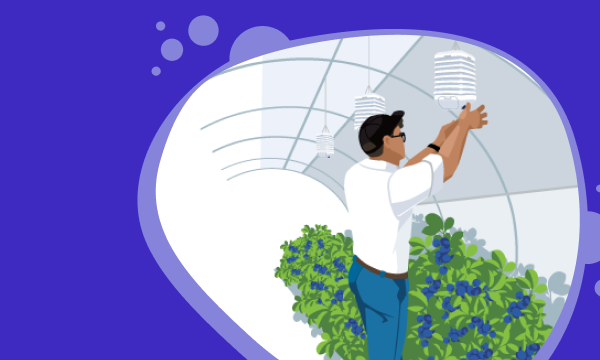
With over 470 ha of blueberry production, African Blue needed to unify farm data to improve crop...

What if tomato seeds were treated as commodities? This article explains how data and AI can help...
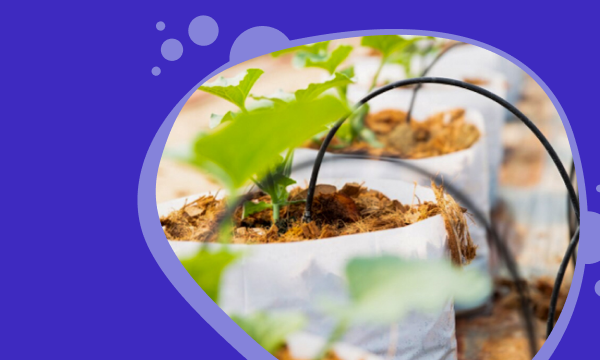
Uncover the vital role of drip and drain monitoring in optimizing drip irrigation farming.
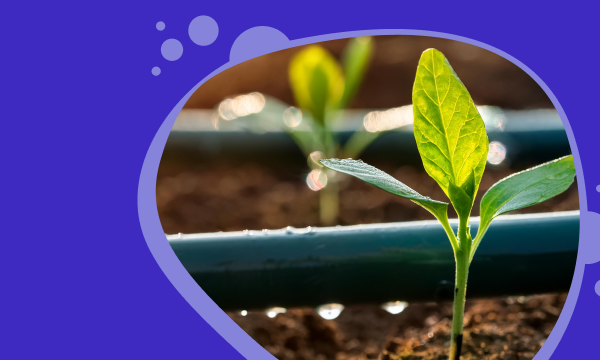
Explore how protected cropping growers can use data insights to drive smart irrigation practices.
.png)
Learn how Khawla Derstaouieh embraces digital agronomy to optimize irrigation, track pests, and...

Heatflation is rising food prices caused by extreme heat from climate change. How can protected...
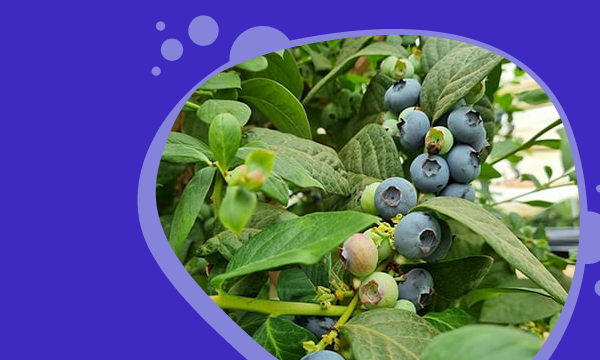
Heat stress is a significant concern for berry growers as it has both positive & negative effects...
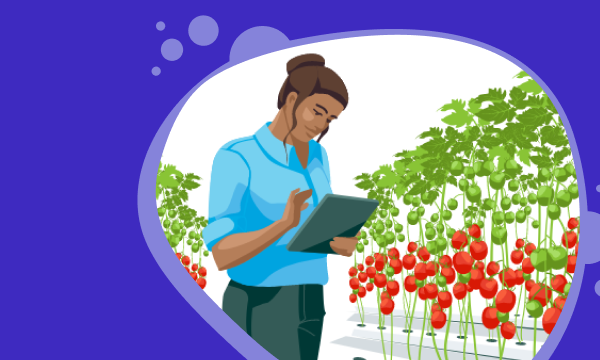
Do growers focus too much on high accuracy yield forecasting and miss key contextual indicators?
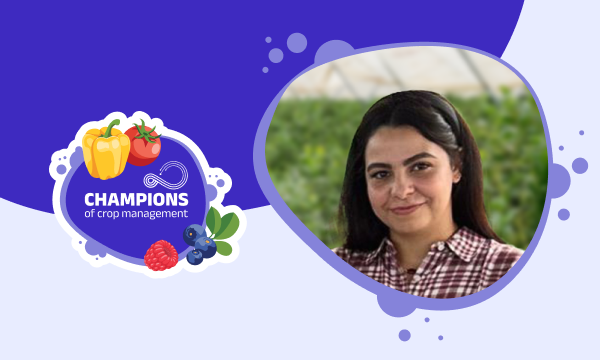
Discover how Sanaa Elmarini enhances decision-making in blueberry crop management at African Blue...

Practical solutions for today’s challenges in the world of horticulture. From real-time data to...
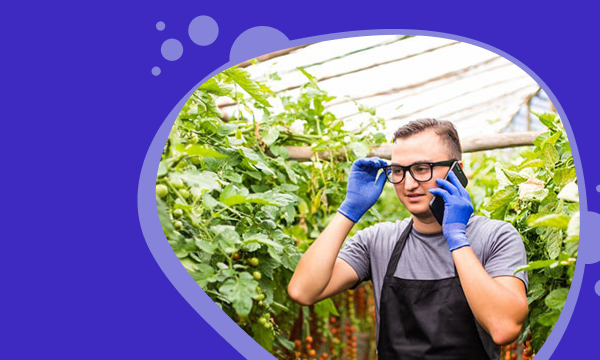
Real-time alerts play a vital role in empowering growers to make better crop management decisions.

Darryn addresses the importance of food security, how the pandemic showed a real vulnerability in...

Real world examples of common issues faced by growers that can be solved with real-time data,...
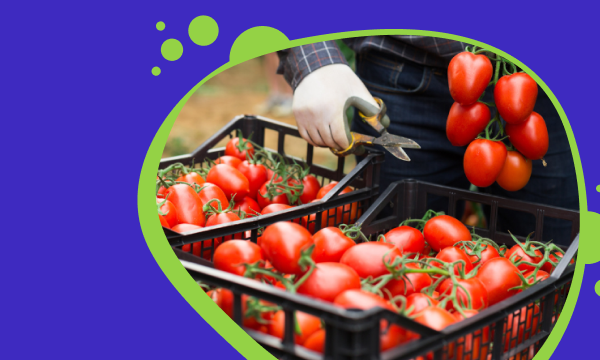
In this crop steering guide, you'll learn how to adjust environmental factors for ideal plant...
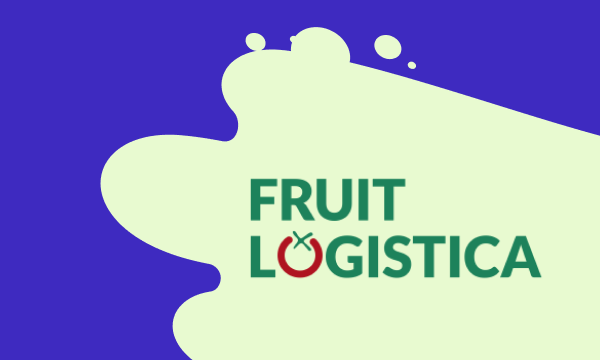
Fruit Logistica 2024 in Berlin wrapped last week, bringing to a close its biggest edition yet with...
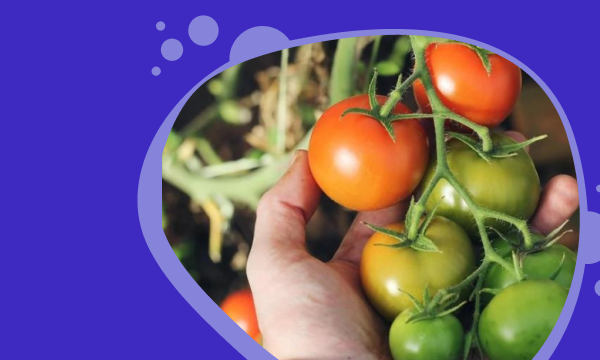
Discover strategies for maximizing crop yields by balancing generative/vegetative growth.
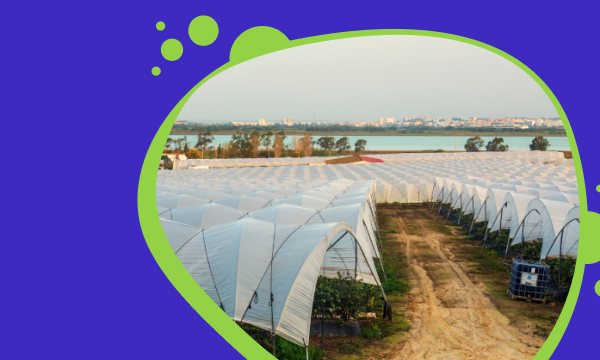
The protected crop growers guide to successfully managing your plants, team, practices and...

The future of farming may be indoors. We know that’s already happening for tomatoes and leafy...

Read our team's report on the 2023 Morocco Berry Conference, held in Agadir.

Learn how interpreting crop yield prediction with contextual data improves decision-making and...

WayBeyond's team share first impressions, general observations and key takeaways from Fruit...

SaaS adoption in horticulture: discover challenges and pitfalls for both growers and technology...

Frost devastates blueberry crops, leading to significant economic losses. By harnessing digital...
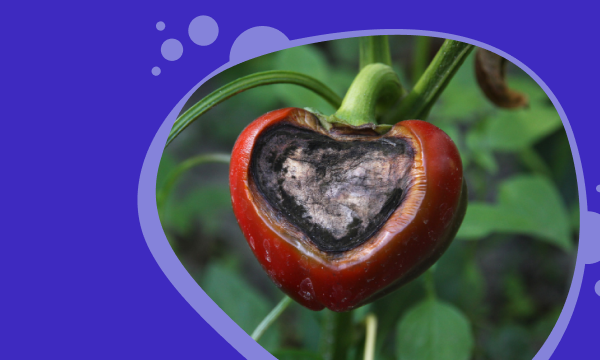
Digital agronomy insights helps tackle crop loss, production variations, and declining yield by...

Lee Kirsopp challenges the need for high accuracy yield prediction. Can other data provide better...

Insights and reflections from the WayBeyond team at GreenTech Americas 2023, held in Querétaro,...

3 production problems that can be solved by collecting data: cross loss from disease, poor crop...
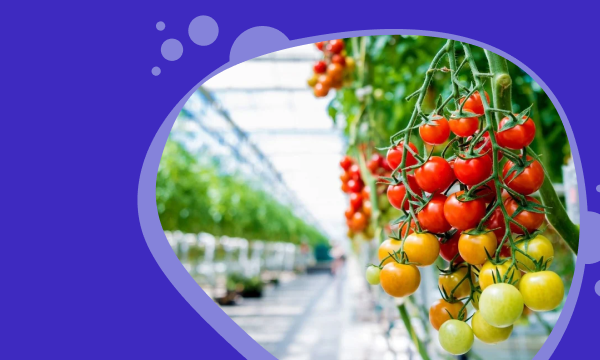
WayBeyond's study unveils factors behind yield swings and proposes an alternative to improve yield...

Discover the true cost of a fungal disease outbreak in crops, how to respond and the financial...
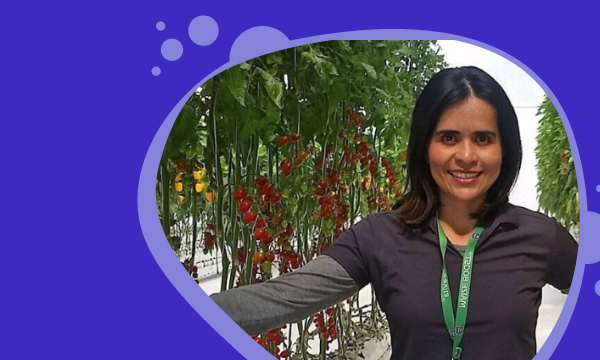
With protected agriculture on the rise, Mexico is ripe for the next wave of tech innovation.

Get insights on Integrated Pest Management planning for effectively managing infestations.
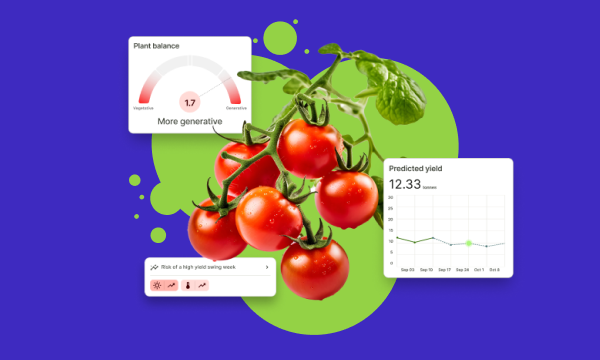
Learn the challenges and potential of AI and machine learning in agriculture for sustainable crop...
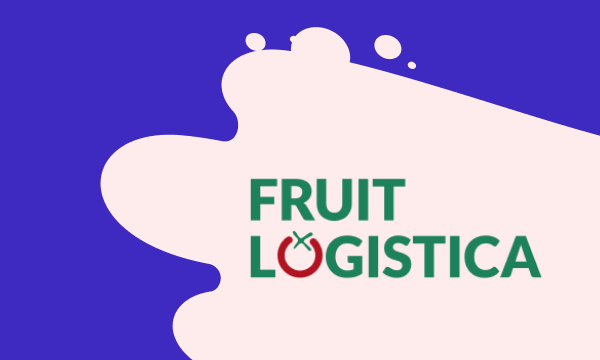
Read the round up of Berlin Fruit Logistica 2023 from the WayBeyond team on the ground.
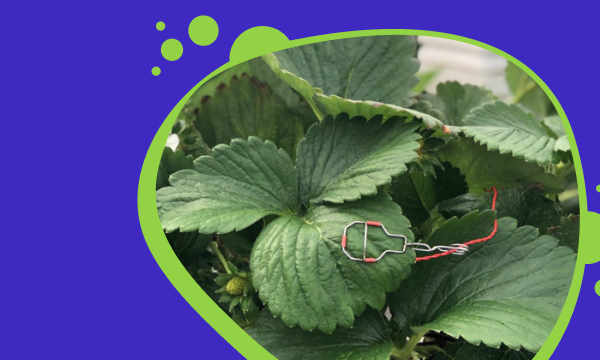
Learn how to manage plant stress and improve crop performance with Vapour Pressure Deficit.
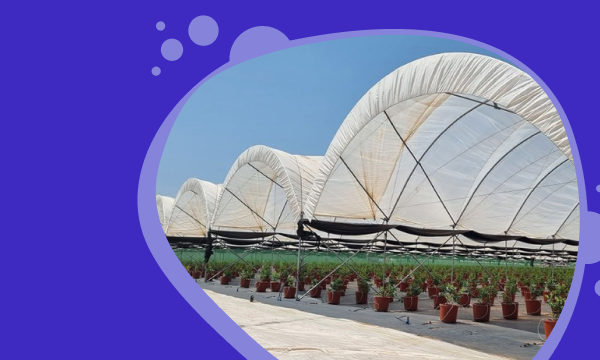
Harnessing FarmRoad enabled to monitor the status of their crops and the farm as a whole and...
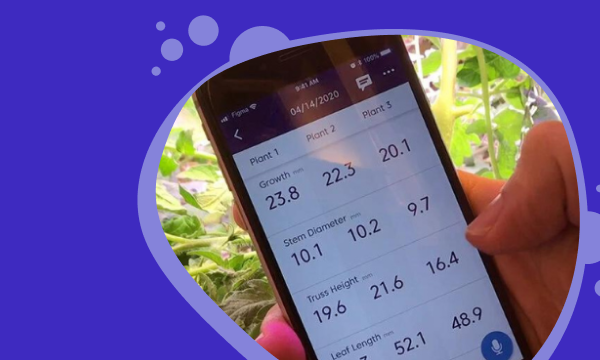
Why do growers use crop registration and how does it benefit crop management practices?

Our food systems face uncertainty in the wake of Climate Change. Cyclone Gabrielle highlighted the...
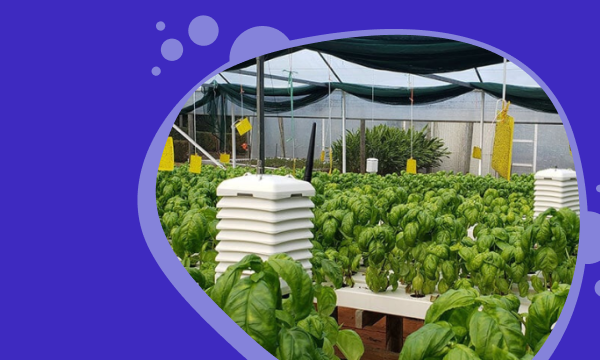
Growers require frequent and detailed climate data and crop status visibility to get the best from...
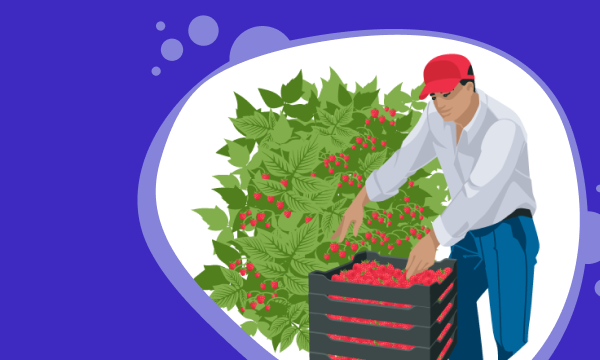
The agronomist at Season Farms noticed a drop in production and turned to WayBeyond's digital...

Plant pathology is the study of plant diseases and how they interact with plants. In this in-depth...
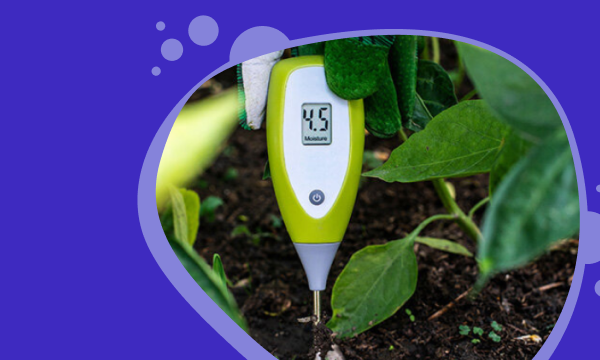
While the popularity of hand held moisture meters for plants shows no signs of abating, there are...

Lotte Bayly shares about her career journey, navigating gender bias, and her views on gender...
Champions of crop management.
Giving commercial growers the power to make better crop management decisions and optimize crop outcomes.
Solutions
Customers
©2025 WayBeyond. All Rights Reserved.